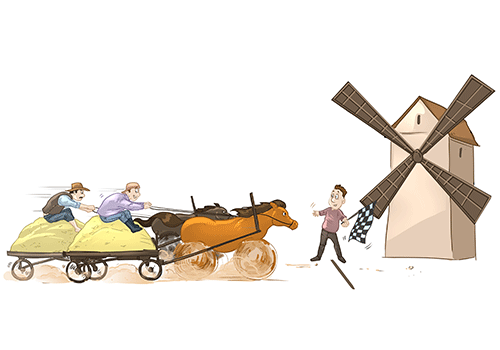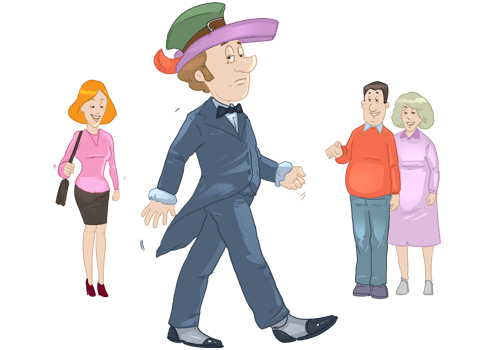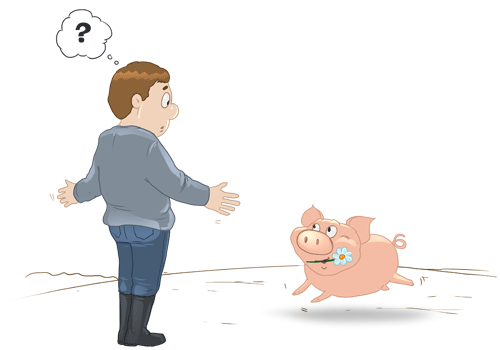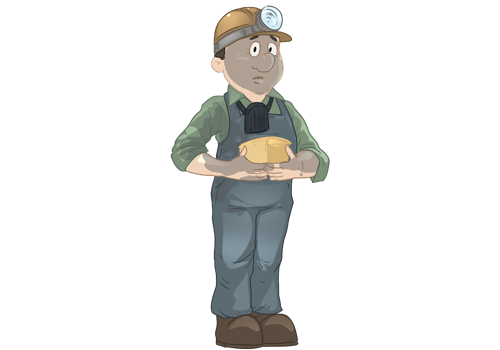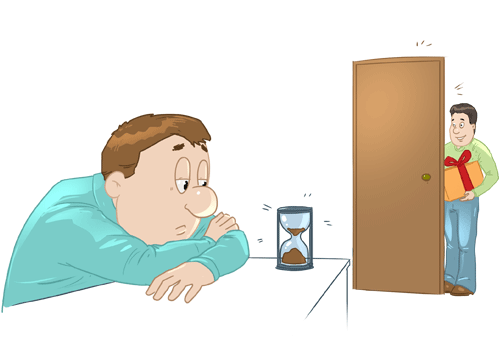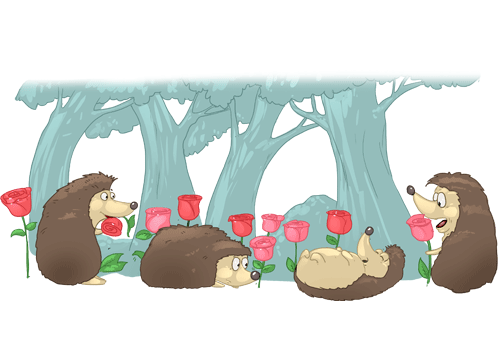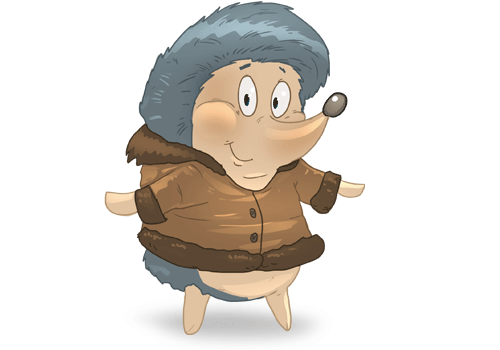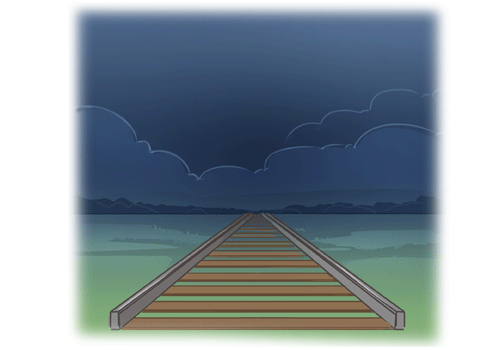Latvian
Latviešu valoda
Latviešu valoda
about 1.7 million people
Latvian Republic, EU
USA (100,000), Ireland (50,000), Great Britain (40,000), Canada (28,000), Brazil (25,000), Russia (20,000), Australia (20,000), New Zealand (20,000), Lithuania, Estonia, Ukraine, Belgium


The Latvian language is one of the two surviving Eastern Baltic languages of the Indo-European family. Unlike Lithuanian, Latvian did not retain many archaic forms.
Research shows that the Baltic languages formed a separate branch from other Indo-European languages by the 10th century BC. The Eastern Baltic languages split from the Western Baltic (or simply from Baltic) languages around the 5th century AD. The difference between Lithuanian and Latvian began to appear after 9th century, although they still remained dialects of the same language for a long time.
The word order in sentences is free, it depends on the word which has the most significant meaning in the sentence. For example the phrase “There’s water in the glass” is constructed like that: Glāzē ir ūdens, and “The water is in the glass” – like that: Ūdens ir glāzē. Latvian language does not possess articles but adjectives have a quality of definiteness/indefiniteness.
Nouns in Latvian express the categories of gender, number and case. There are seven cases:
| Male | Female | ||||
|---|---|---|---|---|---|
| Singular | |||||
| Nominative |
Draug-s
friend
|
Vēj-š
wind
|
Kuģ-is
ship
|
Liep-a
linden tree
|
Pas-e
passport
|
| Genitive | Draug-a | Vēj-a | Kuģ-a | Liep-as | Pas-es |
| Dative | Draug-am | Vēj-am | Kuģ-im | Liep-ai | Pas-ei |
| Accusative | Draug-u | Vēj-u | Kuģ-i | Liep-u | Pas-i |
| Instrumental | Draug-u | Vēj-u | Kuģ-i | Liep-u | Pas-i |
| Locative | Draug-ā | Vēj- ā | Kuģ-ī | Liep- ā | Pas-ē |
| Vocative | Draug-s! | Vēj-š! | Kuģ-i! | Liep-a! | |
| Plural | |||||
| Nominative | Draug-i | Vēj-i | Kuģ-i | Liep-as | Pas-es |
| Genitive | Draug-u | Vēj-u | Kuģ-u | Liep-u | Pas-u |
| Dative | Draug-iem | Vēj-iem | Kuģ-iem | Liep- ām | Pas-ēm |
| Accusative | Draug-us | Vēj-us | Kuģ-us | Liep- as | Pas-es |
| Instrumental | Draug-iem | Vēj-iem | Kuģ-iem | Liep- ām | Pas-ēm |
| Locative | Draug-os | Vēj-os | Kuģ-os | Liep- ās | Pas-ēs |
Adjectives are inflected for gender, number and case; therefore they agree with the nouns that govern them.
A peculiar feature of Latvian adjectives is that they have full and short forms.
Verbs in Latvian express voice, tense (past, present and future), mood and can be inflected by person and number. Verbs also have lots of participle forms.
Participle examples:
The modern Latvian alphabet has 33 letters.
Vowels in Latvian may be long or short. Both short and long sounds are independent and can distinguish between words and word forms, for example: kazas – goats, kāzas – wedding, kase – till, kasē – in the till. Both stressed and non-stressed vowels are pronounced the same way. The length of vowels in modern Latvian is denoted by a macron above the letter: ā, ē, ī, ū.
Diphthongs: ai, ei, ui, o [uo], au, ie. The semi-consonant j after vowels can create diphthongs, for example: klajš [klaiʃ] “flat-out”, zvejnieks [zveinieks] “fisherman”, šuj [ʃui] “sew”. The consonant v also can create diphthongs, for example: tev [teu] “for you”.
In Latvian the letters Ļ ļ, Ņ ņ, Ķ ķ, Ģ ģ denote 4 soft consonants. Voiced consonants when occurring directly before voiceless ones are pronounced as voiceless. The consonant words endings: -ds (gads = year) and -ts (lakats = handkerchief) usually are pronounced like [ts], -žs (spožs = bright), -šs (svešs = alien) like “sh”. Voiced consonants at the end of words are always pronounced as voiced.
Latvian, with a few exceptions, has fixed initial stress. There are three types of tones: level (stieptā), falling (krītošā) and broken (lauztā intonācija). For example, loks ([luõks], spring onion), loks ([lùoks], shaft bow), logs ([luôgs], window).
Latvian consonants can be voiced or voiceless, hard or soft, and also have different characteristics according to the place and manner of articulation.
The polite way of addressing a person is by using plural 2nd person pronoun and verb forms Jūs (“You”).
An official polite form of address is the use of a person's family name in the genitive case and the words kungs (mister) or kundze (mrs), for example: Kļaviņa kungs, Liepas kundze. The same construction is used addressing people in senior positions, for example: prezidenta kungs, ministres kundze.
Singular “you” is usually used when addressing parents. Plural “you” sometimes is still used in villages. Personal names are used in more informal situations while family names are used in more formal ones.
Interestingly, Latvian doesn’t have strong swear words. Those who feel like swearing have to use Latvian pejoratives, like īkstoņa (“grumbler”) or the vast resources of Russian or English.





